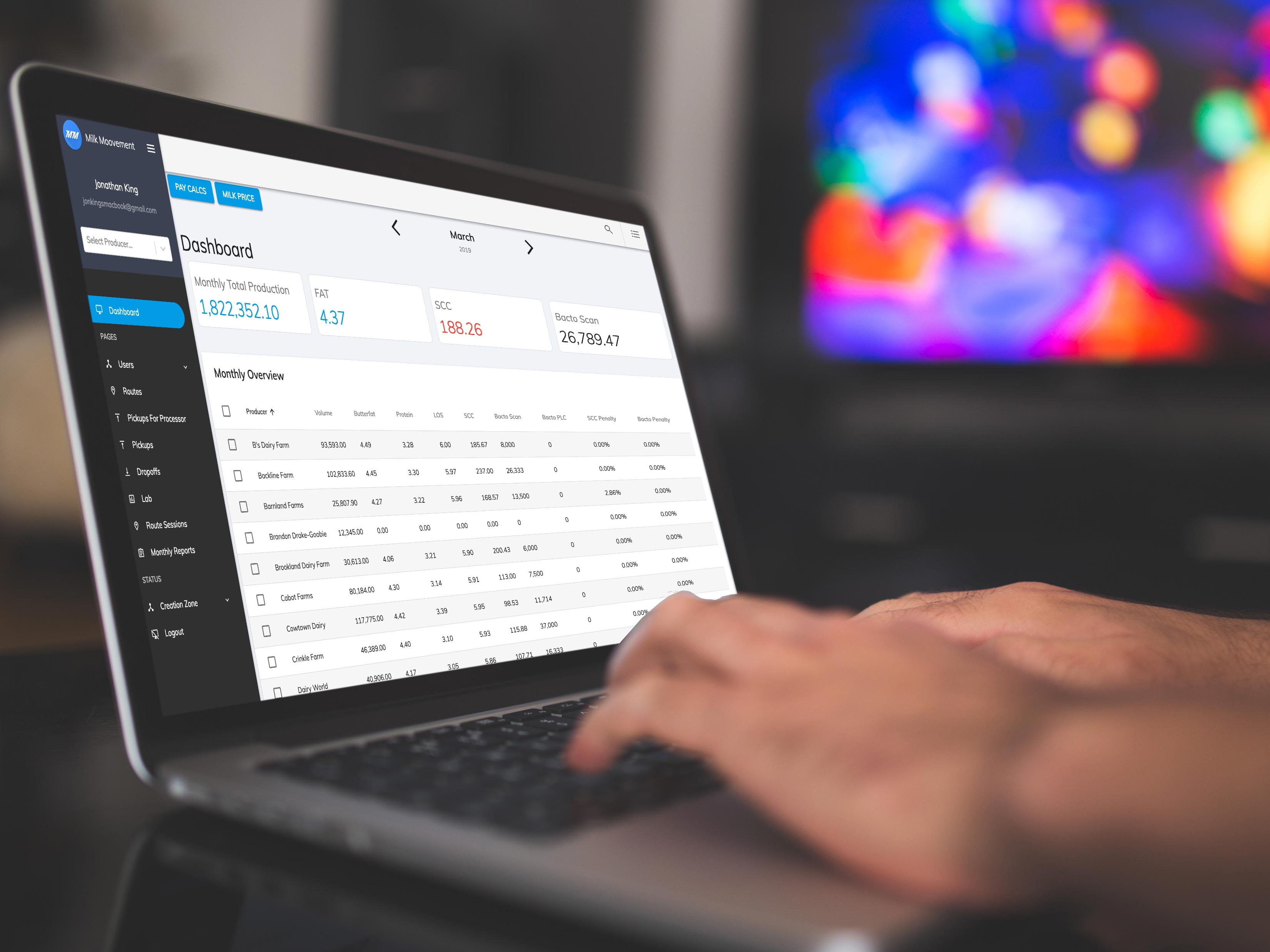Ask the Expert: Technology in Agriculture

Tech Farming
Advances in technology have transformed how we communicate, do business, and live our lives - and agriculture is certainly no exception. With the growing demand for food, farmers have embraced technology in their operations, increasing efficiency, accuracy, traceability, and sustainability of farming practices.
The dairy industry has experienced many benefits of advancing technology. Sensors, robotics, and information technology have increased farm profitability, animal welfare, and environmental sustainability. Innovative technology, such as milking robots and GPS-enabled tractors, are just a couple of examples of systems being used on modern farms daily.
Smart Cropping
Everything starts with the soil on a farm. Sensors can be used to monitor soil conditions and select appropriate irrigation and nutrient applications. Aggregated data from soil analyses can help determine crop yields. Cameras and sensors can provide valuable information to farmers allowing for early detection of plant disease or pest damage.
Automated Feeding
Feeding frequency and properly balanced rations are known to have a positive effect on cow health. Innovative technology is used in loading and mixing precise feed rations that are dispensed on an automated schedule to optimize cow health. Robotic feed pushers in the bunker are available at all times and allow a consistent supply of fresh feed.
Health Monitoring and Maintenance
Herd health management is vital to maximizing milk production and cow longevity. Fertility, health, nutrition, and cow location are accessible in real-time via advanced monitoring systems. Sensors help detect abnormalities early by identifying changes in feeding duration, body temperature, milk quantities, and activity levels. Customizable alerts can be sent to the farmer when attention is required.
Milk Management
Robotic milkers have reduced the amount of labor involved in the milking process allowing farmers to spend time in other areas of the operation. Herds using robotic milking systems have noted improvements in udder health due to the consistent milking procedures. Additionally, the provision of electronic cow status and health reports prepared by the system helps to recognize health problems earlier, improves milk quality and breeding efficiency.
Supply Chain Software
Now that we have touched on the use of technology in raw milk production, we can discover technology that manages progress along the supply chain. Software systems, such as Milk Moovement, digitize the quantity and quality of raw milk pick-ups in a cloud-based, shareable system connecting farmers, transporters, producers, and cooperatives to the same real-time information. The technology can increase collaboration, efficiency, and traceability while providing data for all stakeholders across the supply chain.
The Digital Way
Technology has made a profound impact on dairy farming. Its continued evolution makes the industry more efficient and sustainable. Recent studies, described here, have shown the adoption rates for precision agriculture technology of soil sampling (smart cropping) were highest at a rate of 98%. GPS guidance systems are also a common practice with an 80% adoption rate. Ultimately, the added value of adopting the technology will allow for 70% higher yields on existing agricultural land.
Stay tuned for more Technology in Agriculture blogging as we dive deeper into different technological elements that optimize dairy farming.
-1.png?width=2649&height=724&name=MM%20Logo%20-%20Horizontal%20(Digital%2c%20Png)-1.png)

